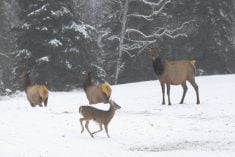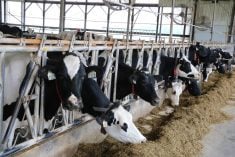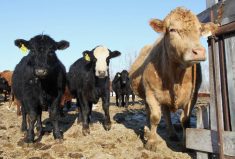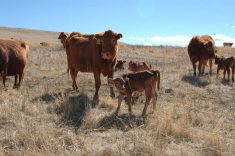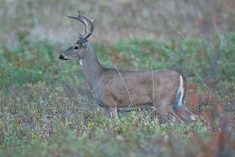Hunters in two wildlife management zones in east-central Sask. will now be required to submit samples to the province
Hunters in Saskatchewan may have an extra task added to their to-do lists this year, depending on their wildlife management zone.
The provincial government has made it mandatory to provide disease testing samples of elk and white-tailed deer in certain zones due to potential bovine tuberculosis.
The decision by the provincial environment ministry builds on last year’s expansion of the annual wildlife monitoring program for chronic wasting disease to include bovine TB.
Read Also
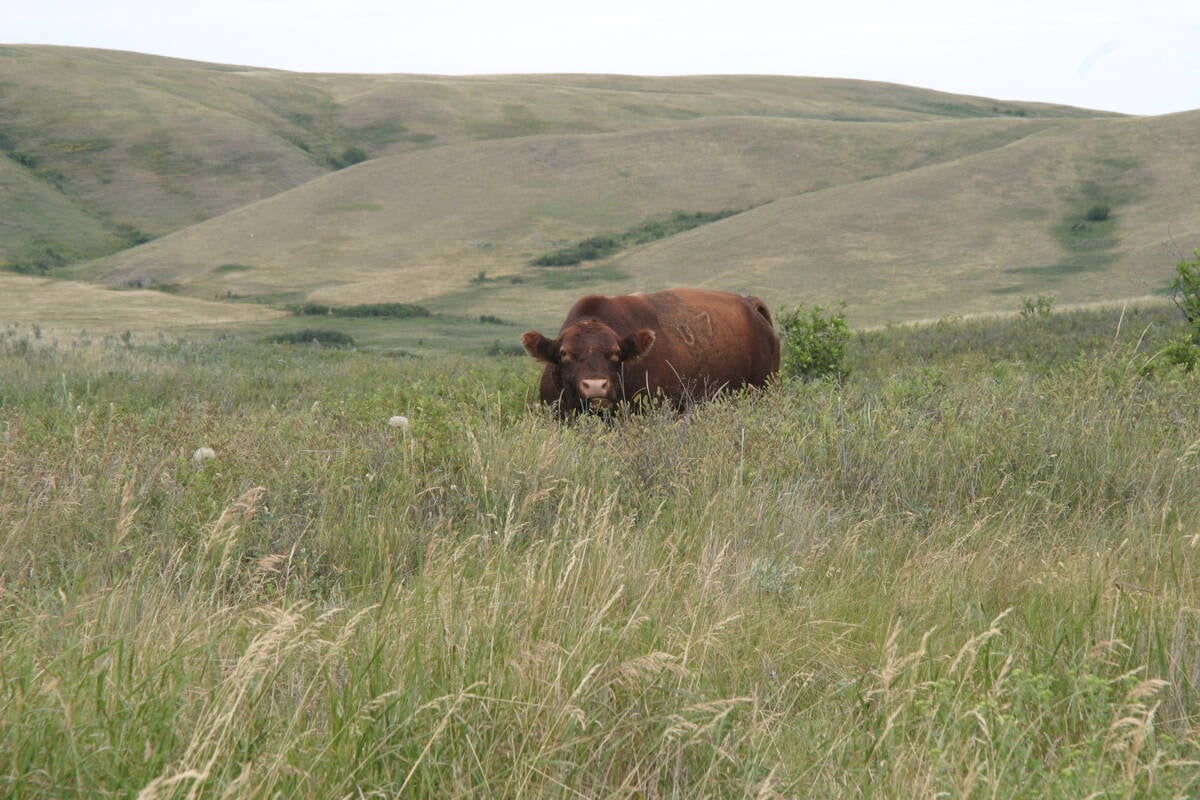
Saskatchewan puts crown land auction on hold
Auctions of Saskatchewan crown lease land are once again on hold.
The initial expansion was a consequence of an outbreak of bovine TB in an east-central Saskatchewan cattle herd. As a result, wildlife management zones No. 37 and 48, which surround the outbreak, were made the priority monitoring zones.
Submission of samples was voluntary last year, but hunters in those zones were asked to prioritize sample submissions. The 89 samples the ministry received all tested negative, but it wasn’t a large enough sample size to be sure.
“We were trying to achieve a suitable sample size to ensure confidence that the disease is not present in the wildlife populations,” said Iga Stasiak, a provincial wildlife health specialist.
“We were not able to achieve that sample size through voluntary testing alone, which is why we’ve moved towards mandatory testing this year.”
Any warm-blooded animal is susceptible to bovine TB, but those in the cervid family, such as deer, elk and moose, are more likely to be infected, as well as bison and wild boar.
Other species of livestock, dogs, cats and small mammals may become infected but are less likely to maintain the disease and pass it along to other animals or humans.
Sample submissions are required from draw elk in zones No. 37 and 48 and regular season white-tailed deer in zone No. 48. Submissions from moose and mule deer are voluntary but encouraged in those zones.
“Outside of the zones, we do encourage hunters to report any suspicious lesions and that,” Stasiak said.
“Province-wide, we have what’s called (the) passive surveillance program, so any animals that are found sick or dead can be reported to us and submitted for diagnostic testing.”
The program is a collaborative effort between the provincial environment ministry and the Canadian Food Inspection Agency, which is the lead on the bovine TB investigation.
The focus is on the livestock sector, but Stasiak said everyone can do their part.
“This is one component of the investigation. What we’re helping with is just ensuring that the disease did not spread into the surrounding wildlife population.”
Hunters can do their part by reporting lesions found during field dressing, which is a better way to notice the disease than when the animal is sick or dying.
The bovine TB lesions will be most obvious during field dressing and are typically found in the lungs, chest cavity and rib cage. They will be yellow to tan in colour and typically two to 20 millimetres in diameter. Another symptom is enlarged lymph nodes.
Stasiak said livestock producers should not be concerned about bovine TB spreading to their animals.
“We don’t suspect that there are any implications for farmers at this time,” she said.
“That affected herd has already been depopulated and there have been no additional positive herds found in the province.”
She said the greatest source of transmission is environmental, particularly regarding feed sources, but this risk can be easily reduced.
“Farmers can play a really integral role in helping to prevent disease transmission and helping to manage wildlife populations,” Stasiak said.
“And that is mainly through the management of agricultural attractants and livestock feed.”
Simple practices such as stacking bales, establishing fencing around bales and cleaning up spilled grain or other feed sources will mitigate domestic-to-wild interactions. Reducing easy feed access that may attract wildlife can significantly reduce risk of disease spread, she added.
Reporting sick or dying wildlife is also beneficial.
“(We’ve) got a few different reporting sources, but it’s important,” Stasiak said.
“Those are typically tip of the iceberg cases and could alert us to a condition or situation, a health condition in the wildlife populations that we may want to be aware of.”
The mandatory submission of samples comes at no cost to hunters and follows the same process as CWD testing.
Hunters must register for a tracking number with cwdsk.ca and then drop off the sample at a designated location. The environment ministry asks hunters to ensure the game heads are double bagged and have a securely attached tracking number.
“CWD results will be posted online at saskatchewan.ca/cwd with an expected turnaround time of four to six weeks,” said a Saskatchewan government news release.
“As bovine TB has not previously been detected in wildlife in the province, hunters will only be notified of their animal’s bovine TB result if the animal tests positive for the disease.”
Unlike CWD, in which a positive disease result means the required disposal of the meat, the meat of an animal infected with bovine TB is still safe to eat. However, it must be cooked thoroughly to destroy any bacteria.
It is also important to follow regular hygiene and health and safety steps when handling the meat.





